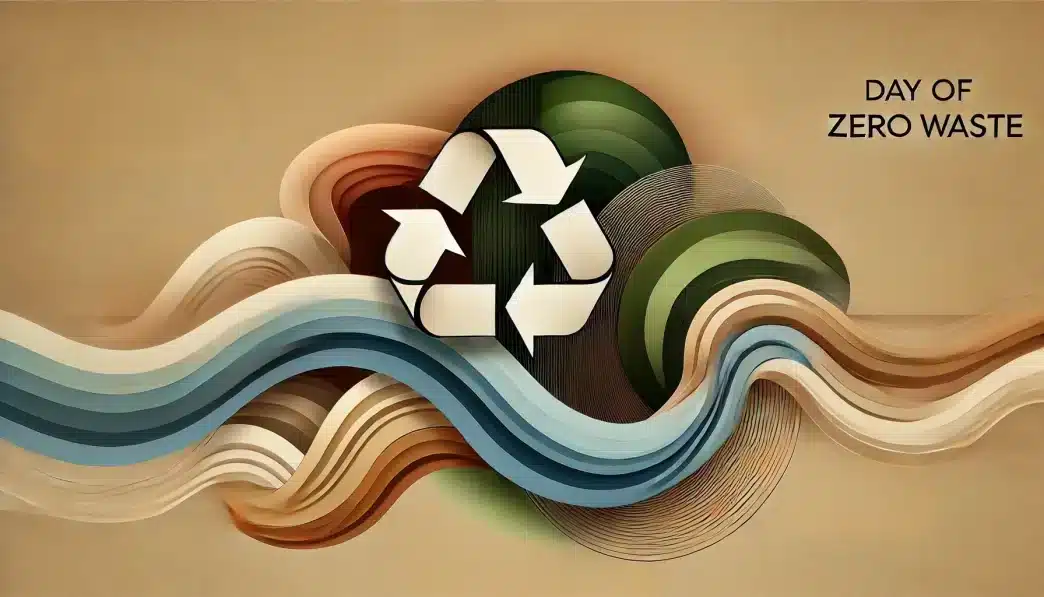What is the International Day of Zero Waste?
The International Day of Zero Waste is observed annually on March 30 to promote sustainable consumption, waste reduction, and environmental awareness. Established by the United Nations General Assembly in 2022, this day highlights the importance of minimizing waste to combat pollution, climate change, and biodiversity loss. The observance encourages individuals, businesses, and governments to adopt zero-waste strategies that contribute to a cleaner and more sustainable planet.
History and Origin
On December 14, 2022, the United Nations General Assembly declared March 30 as the International Day of Zero Waste, with the first observance taking place in 2023. The initiative was led by the United Nations Environment Programme (UNEP) and United Nations Human Settlements Programme (UN-Habitat) to promote waste reduction strategies globally. The day aligns with the broader goals of sustainable development and encourages action toward a circular economy where waste is minimized, and resources are reused efficiently.
Who Celebrates the International Day of Zero Waste?
- Environmental Organizations host events, awareness campaigns, and cleanup drives.
- Government Agencies implement policies and promote waste reduction initiatives.
- Educational Institutions organize workshops and programs to teach zero-waste practices.
- Businesses and Corporations adopt sustainable packaging, recycling, and waste-reduction strategies.
- Individuals and Communities engage in local clean-up efforts, recycling programs, and sustainable living practices.
Slogans and Themes
The International Day of Zero Waste promotes themes of sustainability, waste reduction, and circular economy initiatives. It highlights the urgent need to address excessive waste production and encourages collective action. Slogans like “Reduce, Reuse, Recycle,” “Towards a Waste-Free Future,” and “Embrace Zero Waste” capture the mission of the day, urging global participation in sustainable waste management.
Colors, Symbols, and Patterns
Colors
- Green represents environmental sustainability and responsible consumption.
- Blue symbolizes the planet and the need to preserve natural resources.
- White signifies purity and the reduction of pollution.
Symbols
- Recycling Arrows represent the circular economy and sustainable resource use.
- Leaf Icon symbolizes nature and environmental conservation.
- Zero Waste Logo signifies the commitment to reducing waste at all levels.
Patterns
- Circular Designs emphasize sustainability and the closed-loop recycling system.
- Minimalist Graphics highlight simplicity and waste reduction.
- Eco-Friendly Icons such as reusable bags, compost bins, and refillable containers.
Most Used Hashtags
- #ZeroWasteDay
- #InternationalZeroWasteDay
- #SustainableLiving
- #ReduceReuseRecycle
- #BeatWastePollution
How to Celebrate the International Day of Zero Waste
- Participate in Community Clean-Ups to remove waste from public spaces and raise awareness.
- Attend Workshops or Webinars on sustainable waste management and zero-waste practices.
- Adopt Zero-Waste Habits by using reusable products, composting, and minimizing single-use plastics.
- Support Zero-Waste Businesses by purchasing from companies committed to sustainability.
- Advocate for Waste Reduction Policies by encouraging local governments to implement better waste management strategies.
Why is the International Day of Zero Waste Important?
The International Day of Zero Waste highlights the global waste crisis and promotes actionable solutions to reduce pollution and protect the environment. By fostering sustainable practices, the observance helps combat climate change, preserve biodiversity, and encourage responsible resource consumption. Raising awareness about waste reduction empowers individuals and communities to contribute to a healthier planet and a more sustainable future.
Features
- Environment Sustainability and Climate
